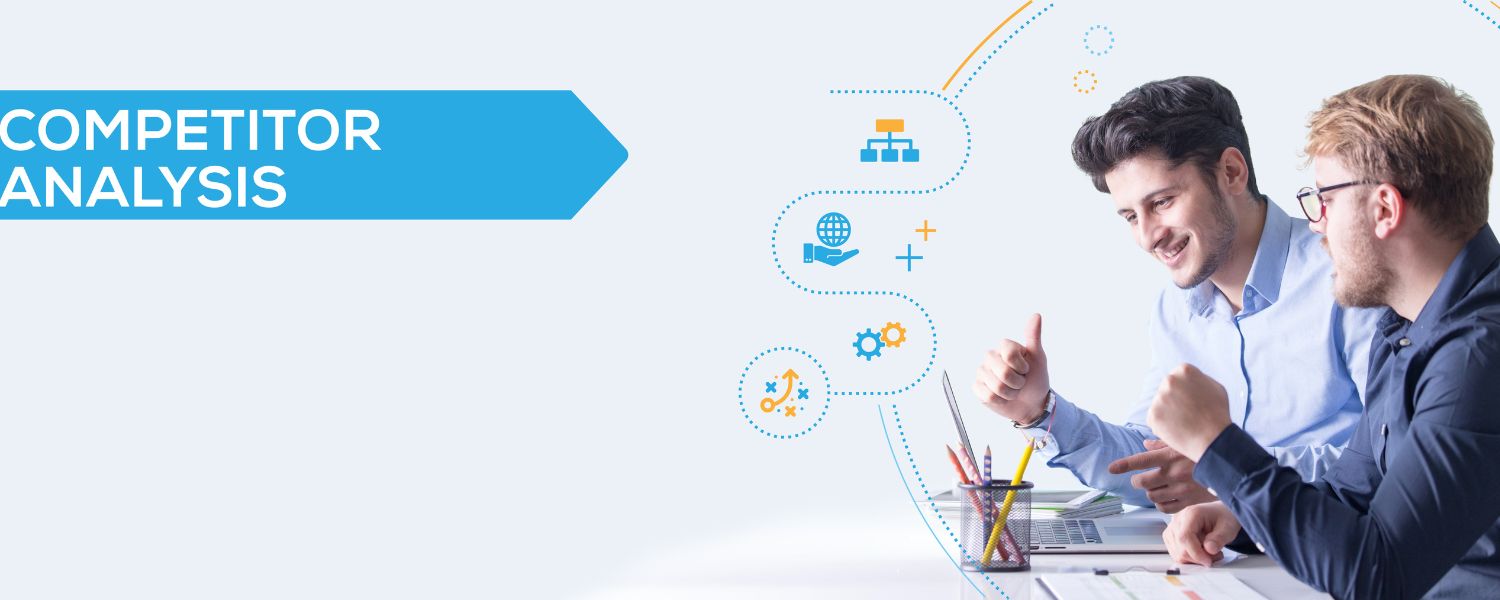
In a dynamic business landscape, pricing is more than just about assigning numbers to products. Rather, it is a strategic “dance” that intertwines psychology, consumer behavior, and market dynamics. In this comprehensive guide, we will delve deep into the intricate world of pricing psychology, the pivotal role of customer behavior, and the nuances of competitive pricing strategy.
As a leader in subscription billing solutions, Billsby understands the importance to businesses of navigating these elements in order that they can maximize their profitability and drive sustainable growth.
Understanding Pricing Psychology
Pricing psychology is the study of how consumers perceive and respond to prices. It delves into the emotional, cognitive, and behavioral factors that influence purchasing decisions. From the allure of charm pricing (setting prices just below a whole number, e.g., $9.99) to the perception of value-driven pricing, every aspect of pricing is meticulously crafted to evoke specific reactions from consumers.
One of the fundamental principles of pricing psychology is anchoring—the tendency for individuals to rely heavily on the first piece of information encountered when making decisions. By strategically anchoring prices, businesses can influence customers' perceptions of value and willingness to pay. For example, offering a premium tier alongside standard and budget options can anchor the perceived value of the mid-tier offering, making it seem more appealing by comparison.
Importance of Customer Behavior in Pricing Strategy
Customer behavior plays a pivotal role in shaping a business’s pricing policy. Understanding the needs, preferences, and purchasing habits of your target market is essential for crafting a pricing model that resonates with it. Through market research, surveys, and data analysis, businesses can gain valuable insights into consumer behavior and tailor their pricing accordingly.
One key aspect of customer behavior is price sensitivity—the degree to which customers respond to changes in price. By segmenting customers based on their price sensitivity, businesses can implement a dynamic pricing strategy that optimizes revenue while minimizing customer churn. For instance, offering personalized discounts to price-sensitive customers can help retain their loyalty without compromising overall profitability.
Additionally, the concept of perceived value is integral to pricing strategy. Customers are more likely to make purchase decisions when they perceive the value of a product or service to exceed its price. And so, businesses should focus on communicating the unique benefits and features of their offerings to justify higher price points and differentiate themselves from competitors.
Competitive Pricing Strategy Defined
Competitive pricing strategy revolves around benchmarking prices against those of competitors in the market. It entails analyzing competitors' pricing structures, product offerings, and value propositions to inform pricing decisions. By positioning your products or services relative to those of your competitors, you can capitalize on market trends, identify pricing gaps, and gain a competitive edge.
The Mechanics of Competitor-Based Pricing
Implementing a competitor-based pricing strategy requires meticulous research and analysis, especially when considering the customer payment process. Start by identifying direct and indirect competitors within your industry. Direct competitors offer similar products or services targeting the same customer segments, while indirect competitors may offer alternative solutions that partially overlap with yours.
Once competitors have been identified, analyze their pricing strategies, including pricing tiers, discounts, and promotional offers. Pay close attention to factors such as perceived value, brand reputation, and market positioning to determine how your offerings stack up against theirs. This analysis serves as a foundation for setting competitive prices that balance profitability with market demand.
The Pros and Cons of Competitive Pricing
Competitive pricing offers several advantages for businesses seeking to establish a foothold in the market:
1. Market Relevance: By aligning prices with their competitors, businesses can ensure they remain competitive and relevant in the eyes of consumers.
2. Simplicity: Competitive pricing is relatively straightforward to implement, requiring basic research and analysis of competitors' pricing strategies.
3. Risk Mitigation: Since competitors are established players in the market, basing pricing decisions on their strategies reduces the risk of pricing errors and market misalignment.
While competitive pricing offers benefits, it also poses certain challenges and limitations:
1. Lack of Differentiation: Relying solely on competitors' pricing may result in a lack of differentiation, making it difficult for businesses to stand out in a crowded market.
2. Short-Term Focus: Competitive pricing strategies are primarily geared towards short-term goals and may not be sustainable in the long run as market dynamics evolve.
3. Limited Insight: Businesses may lack access to detailed information and rationale behind competitors' pricing decisions, limiting their ability to make informed choices.
Competitive Pricing and SaaS Businesses
In the software-as-a-service (SaaS) industry, competitive pricing analysis must be approached with caution. While understanding competitors' pricing strategies can provide valuable insights, it should not dictate pricing decisions entirely. SaaS businesses thrive on innovation, customization, and value-added services, which may not always align with competitors' pricing models.
Instead, SaaS businesses should focus on highlighting their unique value proposition, emphasizing the benefits of their offerings, and pricing accordingly. By focusing on the value delivered to customers rather than simply matching competitors' prices, SaaS businesses can differentiate themselves in the market and command premium pricing.
Conclusion: Crafting a Winning Pricing Strategy
In conclusion, pricing psychology, customer behavior, and competitive pricing strategy are integral components of a successful pricing strategy, especially for a subscription billing service. By understanding the psychological drivers behind pricing decisions, businesses can craft pricing models that resonate with customers and maximize profitability. While competitive pricing offers insights into market trends and benchmarks, it should be supplemented with a focus on value, differentiation, and long-term sustainability.
At Billsby, we understand the complexities of pricing in today's competitive landscape. As the leading subscription billing platform, we empower businesses to streamline their billing operations, maximize revenue potential, and deliver exceptional customer experiences. Visit www.billsby.com today to learn more about our innovative billing solutions and unlock your business's full potential.
About Us
Billsby is a sector-leading subscription billing software company, helps businesses manage the issuing of invoices and the collection of recurring payments, whilst providing award-winning customer service support. Ranked by G2 as the Number 1 subscription billing platform, Billsby streamlines billing operations, offers flexible subscription management, integrates with various systems, and provides real-time analytics, enhancing efficiency and scalability. Billsby provides the simplest and easiest solution for businesses choosing to adopt a subscription billing model, helping them maximize their subscription revenue potential. For more in-depth guidance and bespoke solutions, visit www.billsby.com today.






